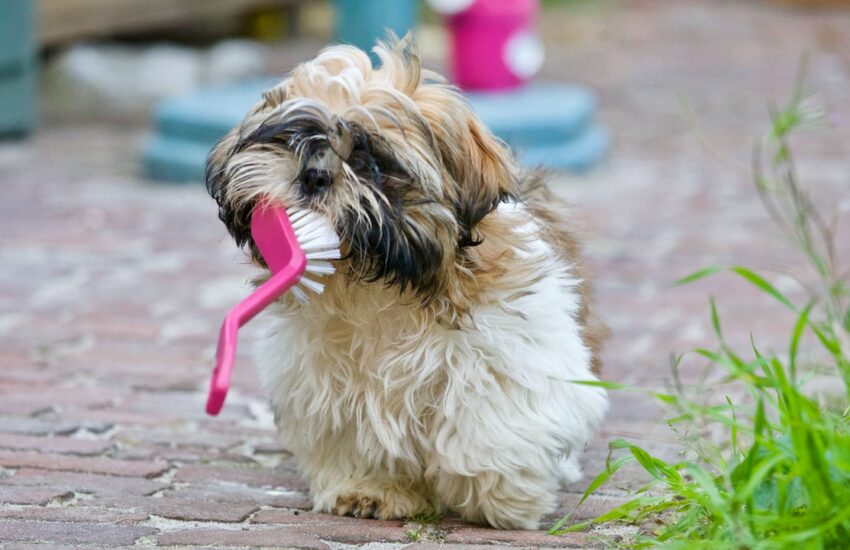Helping Your Pet Cope With Moving Anxiety
No matter what the reason, moving takes an emotional toll on everyone. What most don’t realize, however, is the emotional impact it has on dogs. As territorial creatures of habit, moving to a new place is challenging. Since they can’t communicate their feelings or comprehend what’s going on, it can take them a bit longer to adjust. Fortunately, there are things pet parents can do to make the transition easier. Continue reading for suggestions.
Start Crate Training
Imagine waking up one day to be put into a crate and transported to a new location? Chances are you’d get a bit anxious. To help your pooch overcome moving anxiety, consider crate training in advance. Select the right sized crate, place them in the crate when they’re calm, and provide them with treats or a toy, so they don’t associate crating with punishment or something negative. Take them on rides to the park or just around the neighborhood, so they get used to traveling.
Consider Behavioral Training
If you’re transitioning from a house to an apartment or moving from free and open space to townhouses and gated communities, the rules may change for your dog. If your pooch is used to barking at will, running around the yard, or using the doggie door to use the restroom, these activities may not be appropriate where you’re moving to. If this is the case, you’ll want to start training them in advance, so it’s not thrown on them at once when you move.
Visit The New Place
While you may not have access to your new home or apartment yet, you can still get your dog used to the new environment. If it’s not far from your old home, consider taking them for walks around the neighborhood or a nearby park. That way, they can get used to the different sounds, smells, people, and animals.
Pack Familiar Smells
When it comes to moving, it’s common to want to wash and clean everything. While this is ideal for most things, don’t forget your dog. Bringing a few things from the old place that smell like “home” can help ease your furry baby’s anxieties. It can be something as simple as a chew toy, blanket, or even some old clothing you were going to get rid of.
Anti-Anxiety Solutions
If your dog is known for being a bit anxious, there are a few things that can calm their nerves. You can ask your dog’s vet about anti-anxiety medication for dogs and start providing the prescription before your move. If your dog has a favorite toy or blanket, make sure you have these things on hand throughout the moving process to ease their fears. Lastly, you might give them CBD dog treats which taste great and are a natural way to treat stress and anxiety in pets.
Create A Safe Space
Once you arrive at your new place, set up a safe space for your dog right away. This is an area in the home where your dog will spend most of its time. It should feel familiar and comfortable to them. Ensure that they have food, water, a comfy bed, and a few toys to stay entertained. Visit them in this space often as you unpack and get the rest of the house situated.
Stick To Old Routines
Although the first few weeks after moving into a new place are challenging, do your best to stick to old feeding and walking routines for your dog. As they are creatures of habit, they need the structure and routine to feel safe and secure. If you have to develop new routines, do so early on so that your dog can quickly adjust.
Moving is an emotional process that takes time for everyone to adjust to. As you consider your feelings and the feelings of your loved ones, don’t forget your dog. While they’re not able to verbally express what they’re going through, relocating can be emotionally taxing for them as well. By using the suggestions provided above, you should have an easier time getting your dog to overcome its moving anxieties. If signs of anxiety persist after the move, contact the vet for further advice.



One thought on “Helping Your Pet Cope With Moving Anxiety”